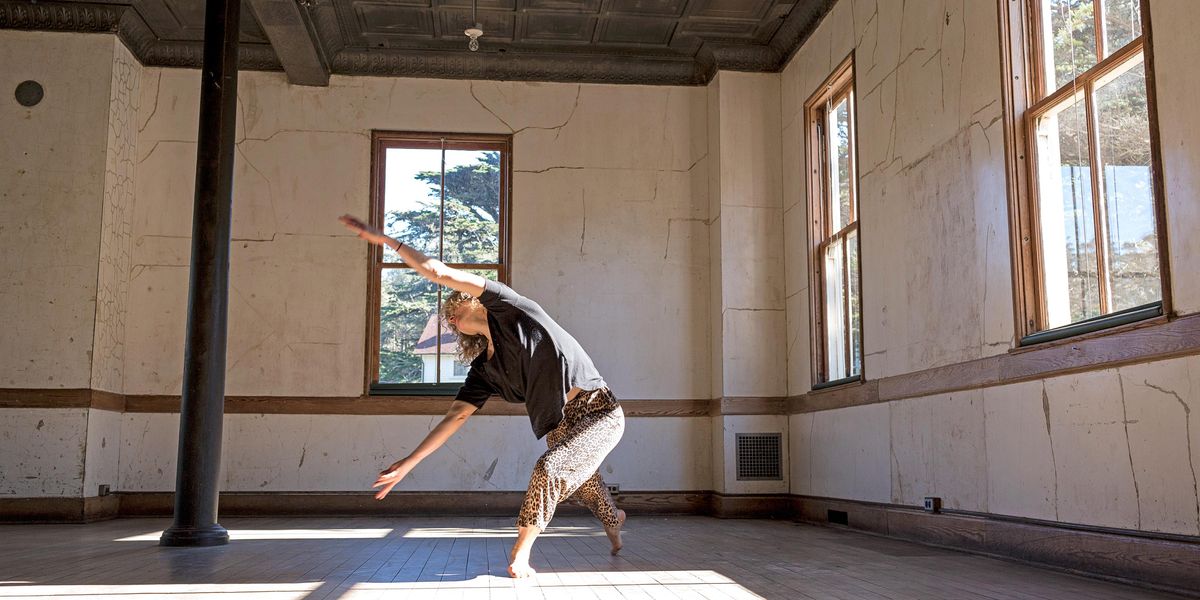Applying for a Residency? Follow These 4 Tips
An artistic residency sounds like a dream: You get concentrated time and space to work on your choreography, often with artists of other disciplines to serve as collaborators or encourage new modes of thinking, usually within an idyllic and distraction-free setting. It’s no surprise, then, that the application process can be competitive and daunting.
Do Your Research
Rather than apply willy-nilly for any residency that comes across your inbox, do your due diligence first: Are you looking for a residency that’s one week long, or three? Do you need room and board included? Will you pay a fee or receive a stipend?
A clear idea of why a particular residency makes sense for your work will strengthen your application. Amy Sinclair, residency manager at the Ragdale Foundation in Lake Forest, Illinois, suggests visiting residency sites when they offer public programming, as a way of familiarizing yourself with an organization, its location and its staff. “It’s helpful for residency jurors to see that artists know what makes Ragdale unique,” she says.
At Headlands Center for the Arts, for example, successful applicants often include a compelling reason why they want to make work in the Bay Area, says Holly Blake, residency manager. A realistic plan for what can happen at the residency site also demonstrates that the applicant has done their research.
“Occasionally, an artist might talk about wanting to invest heavily in the Silicon Valley during their residency, not realizing it’s a hike from Headlands,” she says. “We’re in a national park, so there are limitations to what can happen outside, too.”
Choreographer Kayla Farrish notes that some residency organizations value certain aesthetics or modes of working. “Some are interested in interdisciplinary work, some are very process-oriented, some are about live performance,” says Farrish, who has received residencies at Chez Bushwick, Pepatián and the Petronio Residency Center, among others. “Be aware of what the organization’s mission is. Ask yourself, ‘Does this align with me?’ ”
When writing her (eventually successful) application for the Keshet Makers Space Experience residency, Farrish knew the organization’s New Mexico location would be an important part. “They’re in Albuquerque, near the White Sands National Monument, and that was an inspiration for my project,” she says. “I knew I wanted to utilize New Mexico and this idea of a new frontier in my work.”
Be Specific About Your Vision
Give as much clarity as possible: what stage of this project you’re currently at; how this residency will help you accomplish your next goal; what creative risks you might be taking with this proposal. “What’s the potential impact of this residency for your work?” asks Sinclair. “It helps to know what difference this opportunity will make.”
Sinclair says a panel will also want to know if this project challenges you or your process in a new way. “If you’re including another discipline in the work, for example, or if there’s anything that’s different from the way you typically work, that can be encouraging to learn,” she says.
Give Yourself Ample Time—and Write Multiple Drafts
Farrish occasionally gives herself a fake deadline for a residency application, so that she’s not rushing to make edits up until the last minute. She also uses her collaborators and mentors who are intimately familiar with her work as sounding boards and proofreaders.
“I’ve had several people read my applications, and I’ll have them stay on the phone with me while we go through it,” says Farrish. “I think a lot about content and the idea I have—I can really get into the big questions—but that doesn’t necessarily say what this project will actually look like.” Her application readers help her make sure her proposal clearly translates her ideas.
Let Your Work Samples Shine
Blake names the work sample as the most important part of the application process. “We need to see how people move,” she says, “and I’ve seen dancers making the mistake of submitting stills in the past!”
When Farrish applied for Chez Bushwick’s residency in 2017 with the idea of making a dance film, she had an earlier film to share as her work sample. “That’s why Chez Bushwick chose me,” she says. “They liked my writing and how I talked about my process, but they said experiencing my film work was captivating and connecting for them.”
Ready to Start? Here’s Where You Can Find Residencies
artistcommunities.org
: Alliance of Artists Communities offers a residency directory, with search filters like discipline, application type and accessibility.
resartis.org
: Res Artis: Worldwide Network of Arts Residencies is an international collection of arts-residency operators from more than 75 countries.
pineywoodatlas.com
: Artists Carolina Porras and Alicia Toldi took a series of road trips across the U.S. to visit and catalogue emerging and unconventional artist residencies.
creative-capital.org
: The nonprofit organization Creative Capital curates a monthly listing of artist opportunities, including residencies, with upcoming deadlines.




